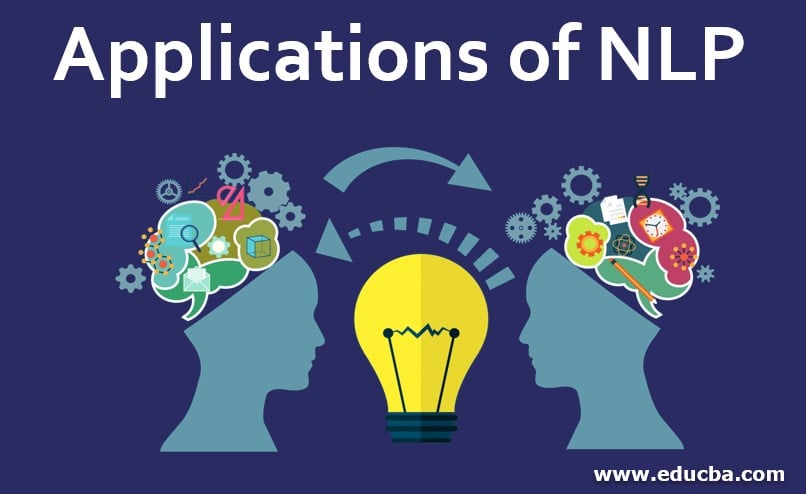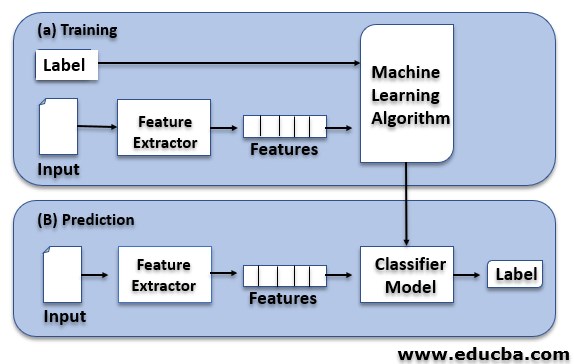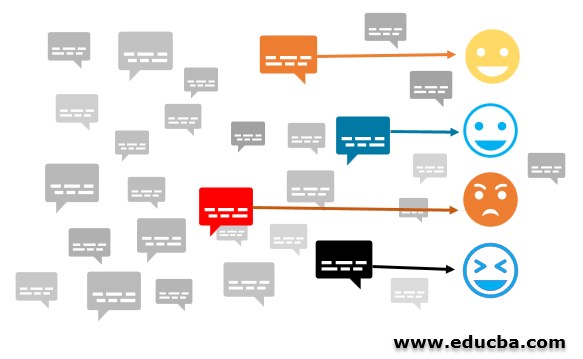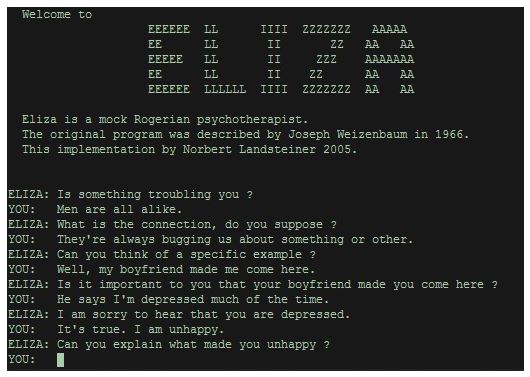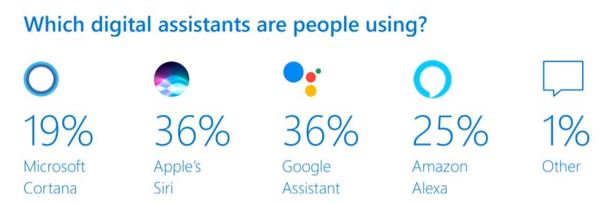Updated March 24, 2023
Introduction to Applications of NLP
Among the millions of species in this world, only homo sapiens are capable of spoken language. From cave drawings to web communication, we have come a long way! As we are progressing towards Artificial Intelligence, it only seems logical to impart the bots the skill of language and communication that is natural to humans. This is where NLP plays its part as a subset of AI to build systems that can understand language. Throw in Machine Learning(another awesome AI subset) and voila, we can build systems that can understand language, learn and improve over time without being programmed explicitly.
Different Applications of NLP
Given below are the different applications of NLP.
1. Text Classification
Texts are a form of unstructured data that possess very rich information within them. Text Classifiers categorize and organize pretty much any form of text that we use currently. Since texts are unstructured, analyzing, sorting, and classifying them can be very hard and time-consuming, and sometimes even tedious work for humans, not to mention all the errors that humans are prone to make in the process. This is where Text Classification comes in to picture to serve its purpose of performing the mentioned tasks with more scalability and accuracy.
Text Classification is more efficient when machine learning classifiers are trained with a few ground rules. With the methodologies of Deep Learning such as CNN and RNN, the results only get better with the increased text data we generate. It can also be made visually appealing using “Word Clouds”. Text classification can be applied for a range of tasks from e-mail spam filtering to brand monitoring. An essential key and feedback for businesses would be how their products are touching their intended consumers, and Text Classification gives answers to business questions by classifying people’s opinions on the said brand, price, and features.
2. Machine Translation
Achieving multilingualism can often be a tough task to accomplish, so to make our life easier at least in the aspect of communication, Machine Translation comes to the rescue. In the early ’50s, IBM presented a machine translation system that had only 250 words and translated 49 carefully selected Russian sentences in the field of chemistry into English. Over the recent years with the resources to implement Neural networks, machine translation has significantly improved in its quality such that translating between languages is as simple as pressing a button on the available smartphones or tablets. Google Translate supports more than 100 languages and can even translate language images from up to 37 languages.

This type of Machine Translation is achieved with the use of a Recurrent Neural Network (RNN). RNN can be used as
- “Fixed to Sequence” where the input is given in the form of an image(fixed size), and with adequate training, the machine outputs a suitable caption for the same.
- “Sequence to Sequence” where the input is given in the form of a sequence(say language1) and the output in the form of another set of sequences(say language2).
- “Sequence to Fixed” where the input is given as sequence, and the output is of fixed size. This is generally applied for Sentiment Analysis which is explored next.
3. Sentiment Analysis
Feedback is one of the essential elements of good communication. Be it a brand-new movie or a cutting-edge tech that’s recently launched, the response of the intended audience is what makes or breaks them. Hence analyzing people’s sentiment towards a product is important now more than ever.
The Bag of words(BOW) approach where the original order of words is lost, but the sentence under watch is reduced to the words that actually contribute to determining the sentiment is quite popular for sentiment analysis. This method uses statistical methods to group the words and the language takes a backseat. The BOW can be thought of as a massive dictionary that where each word holds its own unique value which contributes to conclude the sentiment.
4. Chatbots
Almost every other website nowadays is being supported by a bot that is designed to make our experience better and simpler. Chatbots are bots designed for a specific use of interaction with humans or other fellow machines using the techniques of AI. Chatbots are designed keeping in mind human interaction. The use of Chatbots goes way back to 1966 when the first chatterbot named “ELIZA” was designed at MIT. Eliza could keep the conversation flowing with the human it interacted with. This led to the development of chatbots that could have a positive influence on people suffering from psychological issues.
After Eliza came “ALICE” in 1995 that used heuristical pattern matching rules to remain engaged in conversation with the user, Alice became immensely popular for the rest of the 20th century and was also the inspiration for Apple’s SIRI and movies. Recently, a chatbot named “JOY” was developed with an intent to track and improve mental health. Joy checks with you at least once every day, asks you how you are doing and intercepts your emotions if you are feeling happy, sad or anxious based on your responses. In recent years, designing a simple chatbot has become easier than ever with APIs such as IBM’s Watson and Google’s dialog flow.
5. Virtual Assistants
From setting the alarm to making the grocery list to entertain you while you are feeling bored, virtual assistants play a huge part in our daily routines. They are engineered to accept the user’s voice commands and perform the task entrusted with them. Virtual assistants are designed to interact with humans in a very human way; most of their responses would feel like the responses you would receive from a friend or colleague. In addition to NLP, virtual assistants also focus on Natural Language Understanding so as to keep up with the ever-growing slang, sentiments, and intent behind the user’s input.
Virtual Assistants learn from Artificial Neural Networks and can hold any conversation for a longer duration than chatbots. They even serve as classic examples of speech-to-text conversion and text-to-speech conversion. Virtual Assistants can also be given more complicated tasks such as decision making, and they mature with each interaction and can provide a more personalized experience.
Conclusion
The growth of applications using NLP has only progressed over the years and continues to so. Language has always played a pivotal role in our history and with state-of-the-art machine translations, we are slowly breaking the language barrier that once restricted us to be able to interact with other people and cultures. Within or outside our home, we are relying on this magnificent technology for daily tasks. Now the time is better than ever to explore all the possibilities that NLP can offer us.
Recommended Articles
This has been a guide to Applications of NLP. Here we discuss the introduction and various applications of Natural Processing Language with detail explanation. You may also have a look at the following articles to learn more –

